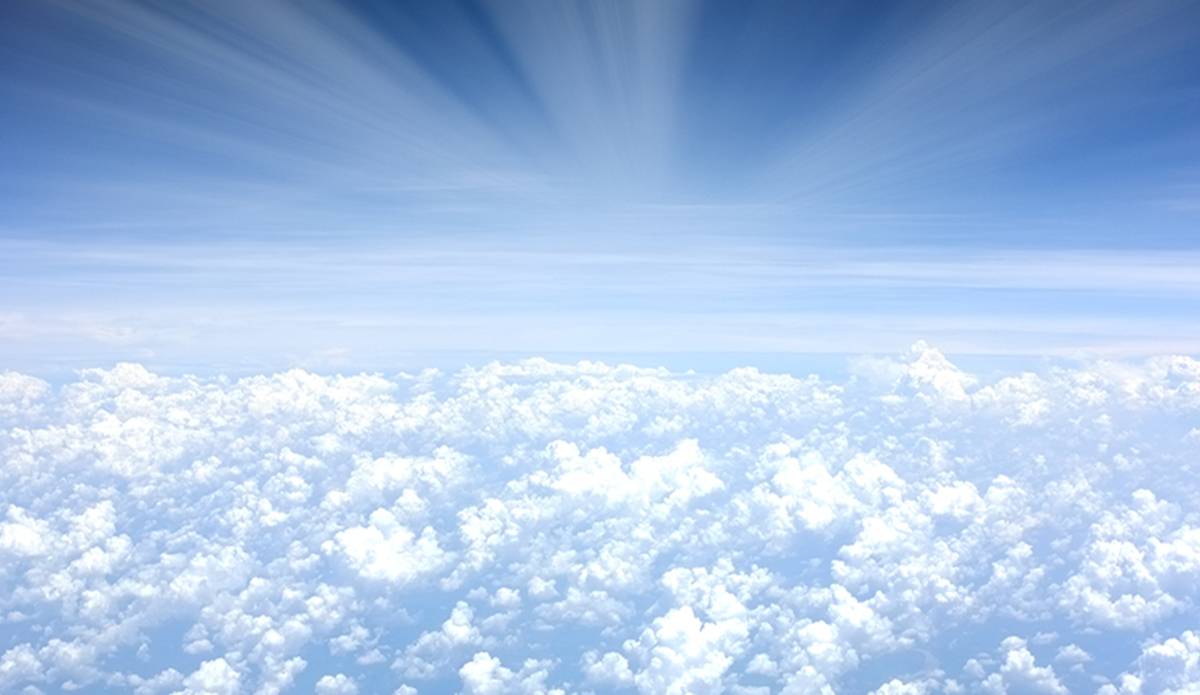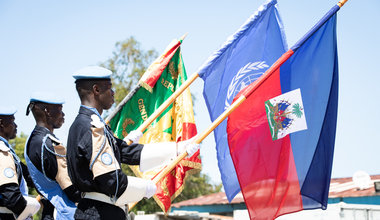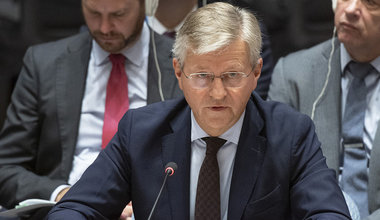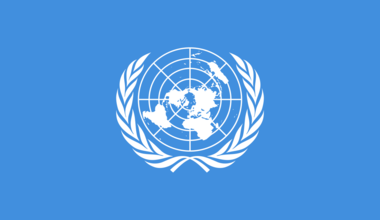#WorldEnvironmentDay: MINUJUSTH’s best practices to reduce waste
Each 5 June, the United Nations celebrates the World Environment Day to broaden the basis for an enlightened opinion and responsible conduct by individuals, enterprises and communities in preserving and enhancing the environment. A global platform for public outreach through the 2019 theme: “Beat Air Pollution”. In connection with the UN Department of Peace Operations (DPO)’s environmental policy and objectives, the United Nations Mission for Justice Support in Haiti (MINUJUSTH) works to reduce the amount of burnt waste, one of the main causes of air pollution.
Open waste burning and organic waste in landfills release harmful dioxins, furans, methane, and black carbon into the atmosphere. Globally, an estimated 40 percent of waste is openly burned. It is one of the mains sources of air pollution with households, the industry, transport and agriculture.

With local authorities, the office of the UN Resident Coordinator and the UN bodies and agencies present in the country, MINUJUSTH’s Environment office makes a point of reducing the amount of waste produced by the Mission ending in open landfills. For each category, this team found alternative solutions that promote reusing, repurposing and recycling.
Paper and cardboard reused… for cooking
༜
Plastic: PET bottles shredded into granules
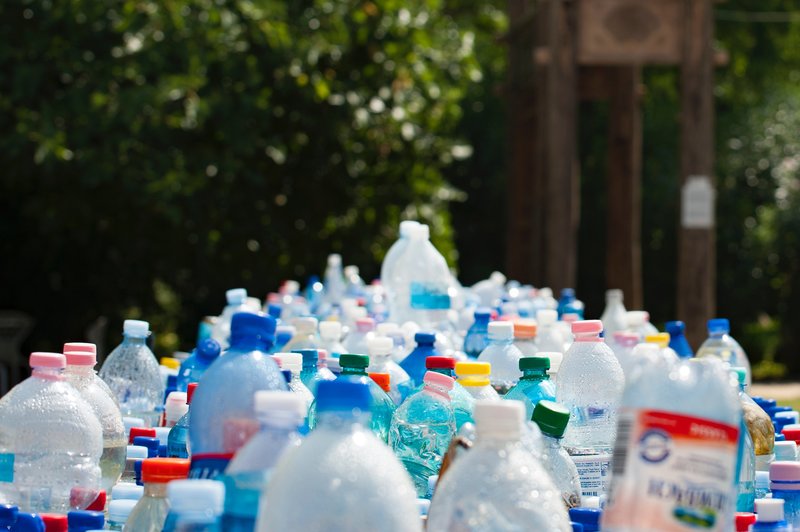
For plastic bottles, a similar system is used. Recyclable waste is selected and sold to FdS Haiti who takes care of classifying the bottles before cleaning them. The polyethylene terephthalate (PET) bottles are handed over to local recycling plants that shred them into granules and export them as raw material to create synthetic fibres and textiles. High-density polyethylene (HDPE) and low-density polyethylene (LDPE), including bottle caps, are also handed over to local recycling plants that use them to create other plastic products in Haiti or abroad.
༜
Aluminium: one of the easiest of materials to recycle (with glass)
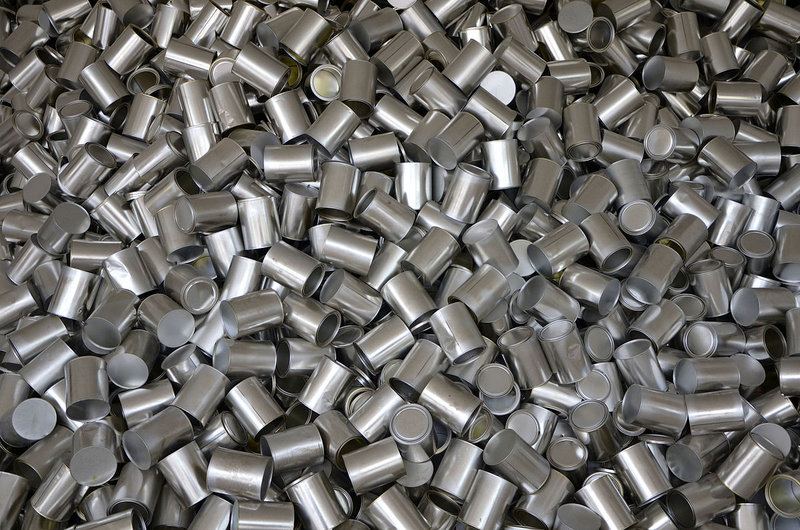
Did you know that cans and other aluminium packaging are 100% recyclable? FdS Haiti takes care of selling a part of the aluminium collected in the premises of MINUJUSTH to recycling plants. Those packagings are shipped abroad to be recycled. Another part of the aluminum stays in Haiti to be used as secondary raw material by local artisans to build pans and pots.
༜
Glass bottles: reusing instead of recycling
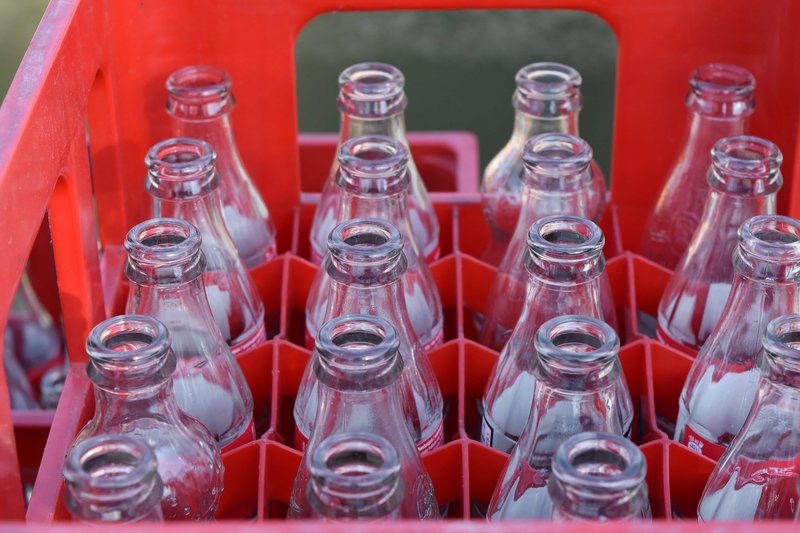
The recycle glass, the packaging has to be heated to more than 2.700 °F. A procedure that doesn’t exist in Haiti. That’s why MINUJUSTH returns glass bottles to the bottler companies. When the container is returned, a deposit is refunded. It is a model of a circular economy that can combine savings and ecology because the refunded bottles are refilled after having been cleaned up by the company.
 UN
UN United Nations Peacekeeping
United Nations Peacekeeping
